11 min to read
Swadeshi Movement
The Original Atmanirbhar Bharat Abhiyan
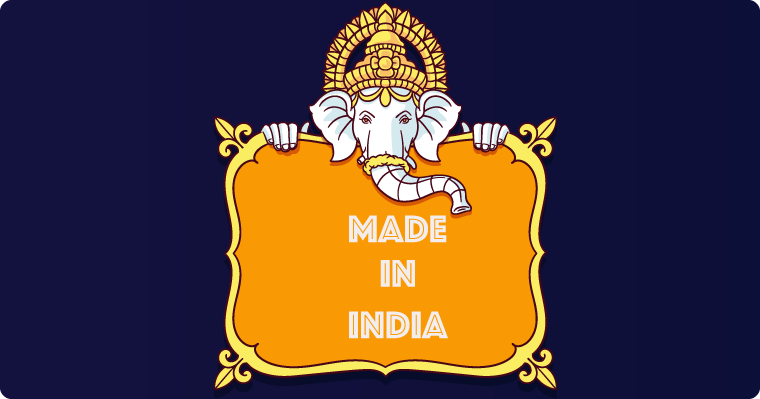
Swami Dayanand (founder of Arya Samaj) in 1873 made Swadeshi as an article of Faith. Post that #AtmaNirbhar Bharat campaign had three phases (Before our Indendence), each resulting in some Hits and misses. But in totality, it did shape a few things which we see today in things around us.
Phase 1: The Boycott Campaign
The first version of Swadeshi was developed in western India. Lokmanya Bal Gangadhar Tilak, along with Govind Ranade and Gopal Agarkar (Agarkar Chowk in Andheri, Mumbai is named after him) extended Dadabhai Naoroji’s Economic Drain theory and would eventually call for a boycott campaign in 1896. This was the first phase of nationalism. Around the same time, other events happened:
- 1886: Jamsetji Tata renamed the newly purchased Dharamsi Mills as the Swadeshi Mills. Ironically, their first mill was called as Empress as to celebrate the event of Queen Victoria to be Empress of India (it was based in Nagpur)
- 1893: Profullachandra Roy started Bengal Chemicals in Calcutta, and Satis Mukherji started Dawn Society
- 1897: Godrej got started with surgical instruments and & a security material in that became their biggest hit: the Desi Typewriter, all with the idea that India must reduce its dependence on Western Good.
- 1894: Punjab National Bank was set up opposite Arya Samaj Mandir in Anarkali Bazaar at Lahore by a group of poeple who were led by Dyal Singh Majithia, founder of the Tribune newspaper.
- 1908: Tilak raised contribution called the Paisa Fund for training men in industrial work, and formed the Paisa Fund Glass Works at Talegaon in Pune in 1905.
- Around same time, Laxmanrao Kirloskar had left his teaching job at Victoria Jubliee Technical Institute and was trying hard to kickstart his idea of a better variety of plough to help our farmers.
All these individual efforts were like Garage Startups, and were looking for their booster event/trigger.
Phase 2: Division of States
Today, many in India are fighting for separate statehood. Lord Curzon’s idea of dividing Bengal was the DeMo moment of that era. Bengal during that time was too big a state Comprising today’s WB, Bangladesh, Assam, Orissa, JH & Bihar. While Curzon division in 1905 was for administrative efficiency, it was treated as another divide-and-rule policy ploy. In the improved version of Swadeshi’, Muslim League was formed in 1906 at Dhaka. Rabindranath Tagore wrote “Sonar Bangla” to inspire the people emotionally. And, Swadeshi call of ‘Buy Indian and boycott British goods’ was given by Congress (and others).
Meet: Ranchhodlal Chhotalal
Ranchhodlal, was a Nagar Brahman and well versed in Persian, English, Sanskrit and Gujrati. He started his career as a clerk in EIC, and soon his poistion gave him an opportunity to develop contracts with many English officers. By 1847 had started a mill in Bombay. Though by 1853, he was suspended from his job due to the charges of bribery. But, it had already encouraged many Jain Bankers to start cotton mills on their own in Ahmedabad. Swadeshi movement had now led to a spurt in the demand for Indian-made textiles, which means ~200 new mills in the Western India. The Tatas also used the Swadeshi agitation and appealed to this patriotic fervour to raise money for their most ambitious project.
Local market
The ideas of “lokavidya”, “anchal” and “swadeshi-samaj” was the talk of Nationlism and a lot of efforts were made in this direction. Back in Bengal, Sarala Devi (she was the daughter of Janakinath Ghosal & from Tagore Family) opened “Lakhir Bhandar” in 1904, in the Bowbazar neighbourhood of Calcutta that sold only Swadeshi products. The Bombay Store was also started in Bombay by Munmohandas Ramji.
The Bengal Hosiery Co. was started by Muslim landlords and merchants. Their success made Bengal a major hub for hosiery (that’s why Bangladesh is so good in this). Footwear and tannery, flour mills, pottery and soap-making were also started as cottage industries. Taking a cue from Ishwarchandra Vidyasagar’s Hindu Annuity, few insurance companies were formed. And in Madras on 15 August 1907 Indian Bank was started by Krishnaswamy Iyer, an activist lawyer. V.O Chidambaram Pillai has also started his Swadeshi Stream, as an alternative to the British Ships.
Political Push
Bengal Barrister Jogesh Chandra Chaudhury had been organising the exhibition of Swadeshi articles at the Indian National Congress events since 1901 (under his Dawn Society).
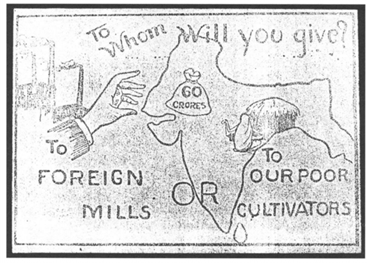
Phase 3: Non-cooperation and revival of Swadeshi under Gandhi
Few more companies such as Calcutta Chemical Company launched Margo, Godrej also started their Desi Soap and Tata’s entered into many businesses.
But the movement had taken a Hit.
There was also an Anti-Non-Co-operation Society in Bombay by 1920 due to the curtailed imports of foreign goods & limited production of it in India. The common man was devastated by the increase in domestic prices of commodities/products.
Farmers rebelled and started salt Satyagraha and the freedom struggle picked up steam as a political repercussion. Gandhi had been toying many ideas to drive Nationalism and picked Swadesi (he was anyways mentee of Tilak), despite his call of the de-industrialisation of India in the 1920.
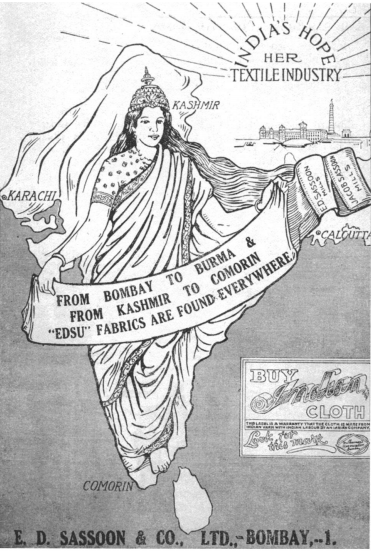
In 1923 a teenager who used to bottle a soft drink brand imported from Britain, decided to manufacture a soft drink with a unique alcohol like taste and named it Whisky No. It was launched in the state of Gujarat.
Gandhi’s Fifth son
Jamnalal Bajaj will soon play a key role. Gandhi actually acted like a matchmaker when he asked Bajaj to take over Mukund Steel since Mukund Agarwal wanted to leave the business and join him in the Nation movement. No due diligence was done and Bajaj along with Jeevan Lal Shah will take over the business. Another key project was Bajaj Hindustan Sugar Mills (1931) in Golagokarannath, in Lakhimpur Kheri of Uttar Pradesh. The unit will later supply alcohol-mixed petrol to the British Army during World War 2.
Walchand Hirachand
This Gujrati Jain from Solapur was not much influenced by the Nationalism, as he came under the influence of it during his Student life in Bombay and poona. Though he regarded Sawarj more of a Nationalist propaganda, yes he will prove to be big boy with some amazing skills in building business. At one point of time he will be the only Indian to have business in all the three mode of transports (Air, Sea and Road). He will also take over the Tata Construction and build a ealry form of Industrial township at Ravalgaon.
Calendar Art
Bhavanishankar Atmaram Oza along with Vamanbhai Kapadia, were in the business of chemists in Calcutta. In 1928, a doctor Jivraj Mehta (who went on to become Gujarat’s first chief minister) suggested to Oza that he start manufacturing a product that would compete with a foreign brand. This is when Babuline (pronounced Babu-leen) GripeWater got started against Woodward’s, the popular British brand of infant digestive. And, in order to create a more lasting brand image they started coming out of their own version of Calendar Art. Since, Woodward’s were doing the same by using the designs of many Indian Artist, like Raja Ravi Varma.
 But then now Indian Desi companies were also using it and driving the due benefits of using these calendar art as a medium for advertising domestic products as well as the Idea of Nationalism. The spinning wheel ( charkha) was aggressively used in these deisgns and thus had made it as the symbol of Swaraj.
But then now Indian Desi companies were also using it and driving the due benefits of using these calendar art as a medium for advertising domestic products as well as the Idea of Nationalism. The spinning wheel ( charkha) was aggressively used in these deisgns and thus had made it as the symbol of Swaraj.
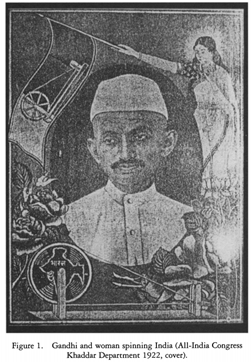
Everyday technology
India was importing almost all of their ‘everyday technology’. They included sewing machines, gramophones, typewriters, bicycles, cameras, clocks, watches and radios.
Gianchand Chandumal Motwane
 Gianchand Motwane by 1909 will import flashlights from Germany, and then mobile power plants to supply electricity. Then by 1919, he came to Bombay to cater his growing business of telephones and installation of telephone equipment. He named this company Chicago Telephone Supply Co. He will later expand his busiess into Chicago Radio Public Address System.
Gianchand Motwane by 1909 will import flashlights from Germany, and then mobile power plants to supply electricity. Then by 1919, he came to Bombay to cater his growing business of telephones and installation of telephone equipment. He named this company Chicago Telephone Supply Co. He will later expand his busiess into Chicago Radio Public Address System.
Sewing Machines
Most important was the Sewing Machines, which was very much dominated by the Singer (often called as the America’s ‘first international company’). These machines peaked in the late 1920s, when due to the Great Depression, India’s foreign trade, demaned a halt of imports. This is when Bishandas Basil from Ludhiana, will develop an Indian-made sewing machine (“Usha- after his daughter”) in Calcutta. While he only developed the prototype and since he lacked capital to mass produce it. He soon sold his idea to Lala Shri Ram (who had made hige money during the First Wrold War by supplying tents to the Army), who then expanded it under Jay Engineering. Both the two leading Desi Brand (‘Usha’ and ‘Daisy’) were named after female, to target the same set of audience to whom Singer was focusing on.
Punjab
Let’s move to Punjab: Punjab had a very strong connect with the British Army and hence were exposed to machines as used by their English Sahibs. One day an English guy will ask a local Mochi to sew his football, thus it will trigger Sport Industry in Sialkot which was later sfited to Jalandhar post 1947.
Same way, inspired by their Sahibs Cycles and to reduce the imports. Some components, such as lamps, bells, stands, and carriers, will begin to be manufactured at Ludhiana by 1930s.
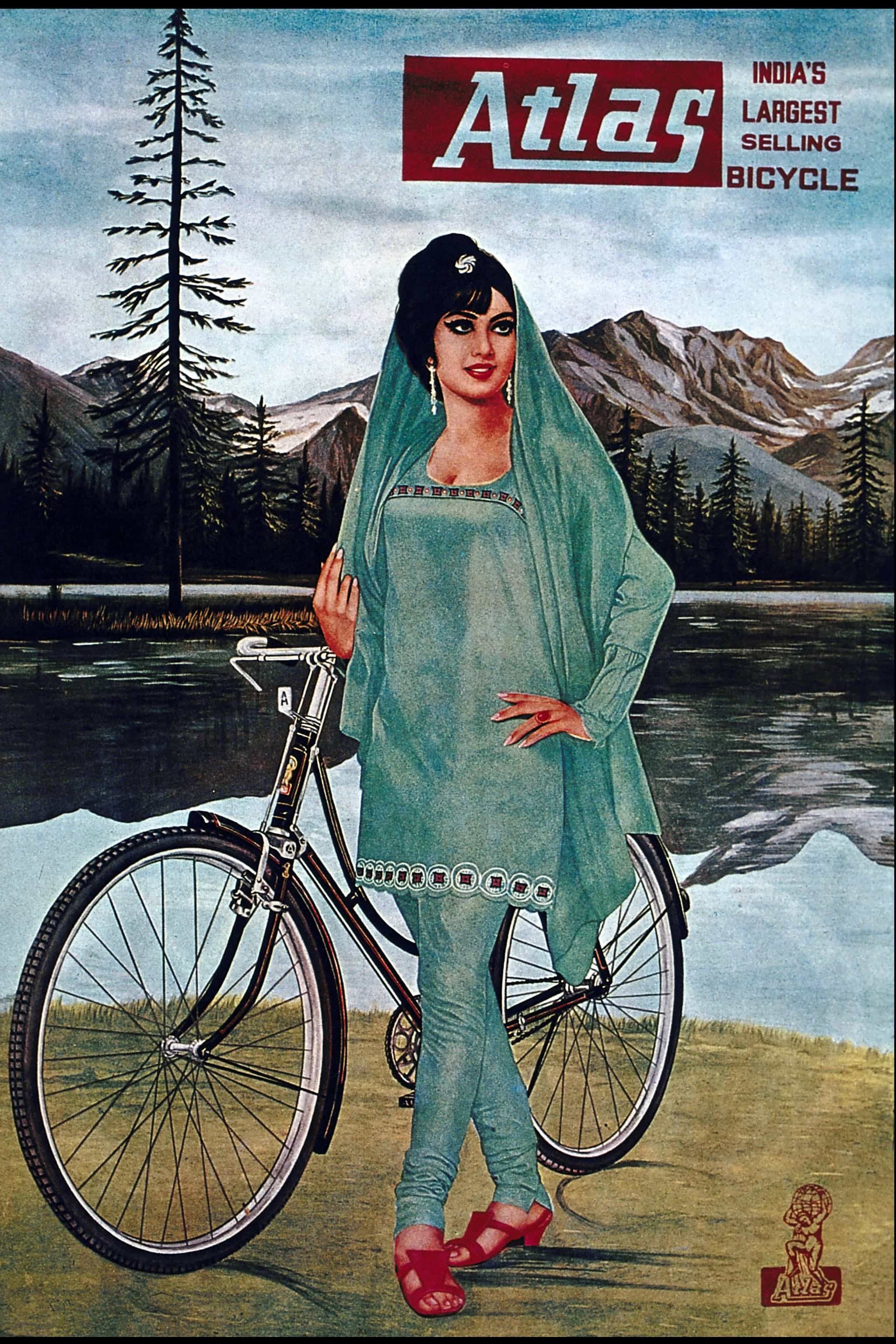 In nearby Sonepat (Haryana) in 1950, Atlas Cycles, was started by Lahore-born founder, Jankidas Kapur. Followed by another Ludhiana’s based bicycle maker- Avon Cycles, in 1952 by a refugee from Sialkot, Hansraj Pahwa.
In nearby Sonepat (Haryana) in 1950, Atlas Cycles, was started by Lahore-born founder, Jankidas Kapur. Followed by another Ludhiana’s based bicycle maker- Avon Cycles, in 1952 by a refugee from Sialkot, Hansraj Pahwa.
Others
Mohanlal Dayal’s family were primarily traders of silk and embroidery imported from Europe. It was under the influence of the Swadeshi movement that they switched to manufacturing confectionery in 1929. And soon launched the iconic brand of Comfort Food. The movement also inspired Abanindranath to incorporate elements of Chinese and Japanese calligraphy into his Mughal-inspired paintings of epic stories, and produced one of his most famous pieces—a depiction of Bharat Mata, or Mother India. The Swadeshi war cry thus had multiple meanings. For some it essentially signified our capacity to become a self-sufficient industrial nation; for others, like Gandhi, it was more about rejecting foreign machines and unpatriotic lifestyles and returning to traditional goods & tastes.
Let me end with an interesting point. Motilal Nehru, was among the first Indian to own an automobile in 1907. Criticized for purchasing a foreign vehicle, he wrote to his son, “Would you advise me to wait till motor cars are manufactured in India.”




